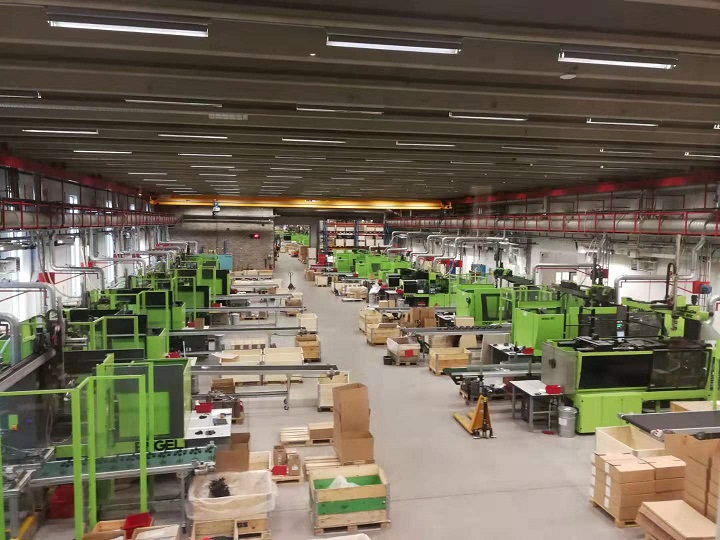Two-Shot Injection Molding: Advancing Precision and Efficiency in Manufacturing!

In the ever-evolving landscape of modern manufacturing, injection molding has emerged as a dominant process for producing a wide array of plastic products. This versatile method allows for the mass production of complex components with exceptional precision and repeatability. Two-shot injection molding, also known as two-shot molding or two-shot mold, takes this process to a whole new level, enabling the creation of intricate, multi-material products in a single operation. This article will delve into the mechanics and benefits of two-shot injection molding, exploring how this innovative technique is revolutionizing the industry.
Understanding Two-Shot Injection Molding
Traditional injection molding involves the injection of molten plastic into a single mold, allowing it to cool and solidify before ejecting the finished part. On the other hand, two shot injection modling incorporates a second shot of a different material or color into the same mold during the same cycle to form a composite structure or create distinct features in the product.
The process typically involves using specialized equipment equipped with two injection units and a rotating mold. The first material, often the rigid substrate or primary component, is injected into one side of the mold cavity. Before the plastic completely solidifies, the mold rotates to a second position, where the second material is injected over or around the first one.
A star rating benefit of Two-Shot Injection Molding
Enhanced Design Flexibility: One of the critical advantages of two-shot injection molding is its ability to integrate multiple materials and colors into a single part. two shot molding opens new design possibilities, enabling manufacturers to create products with intricate patterns, soft-touch grips, ergonomic handles, and over-molded components, all in a single manufacturing step.
Improved Product Quality: The two-shot injection molding process ensures precise alignment between the materials, resulting in superior product quality. The absence of adhesives or bonding agents reduces the risk of delamination or material separation, providing a more reliable and durable end product. Additionally, the ability to encapsulate sensitive electronic components or delicate parts with protective materials enhances the performance and longevity of the final product.
Cost and Time Efficiency: While two-shot injection molding may seem more complex than traditional methods, it streamlines the manufacturing process by eliminating the need for secondary operations, such as assembly or gluing. Two shot mold reduces labor costs and minimizes the risk of errors and defects associated with post-molding assembly. As a result, manufacturers can achieve higher production volumes in less time, improving overall efficiency.
Two shot mold reduces labor costs and minimizes the risk of errors.
Environmental Benefits: Two-shot injection molding contributes to a greener manufacturing ecosystem. This method aligns with sustainable practices by optimizing production processes and minimizing waste generation. Additionally, recyclable materials can be easily integrated into the two-shot injection molding process, further reducing the carbon footprint of the final product.
Applications of Two-Shot Injection Molding
The versatility of two-shot injection molding has found applications across various industries, transforming how products are designed and manufactured. Some notable applications include:
Automotive Components: The automotive industry benefits from two-shot injection mold for producing stylish and durable interior components like steering wheels, shift knobs, and dashboard panels. Additionally, this process is used for weatherproofing and encapsulating electronic connectors and sensors in automotive applications.
Medical Devices: In the medical sector, two-shot injection molding allows for creation of complex, multi-material devices, such as insulin pens and inhalers. Combining rigid and soft materials in a single part is instrumental in medical applications, where patient comfort and safety are paramount.
Conclusion
Two-shot injection molding has emerged as a game-changer in modern manufacturing. By enabling the integration of multiple materials and colors in a single production cycle, this innovative technique offers enhanced design flexibility, improved product quality, cost and time efficiency, and environmental benefits. Its applications span diverse industries, revolutionizing how products are conceptualized, designed, and manufactured. As technology advances, two-shot injection molding is poised to become even more prevalent, further driving innovation and progress in the manufacturing world.
